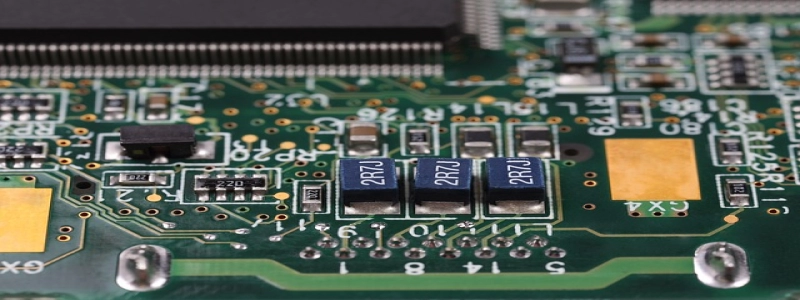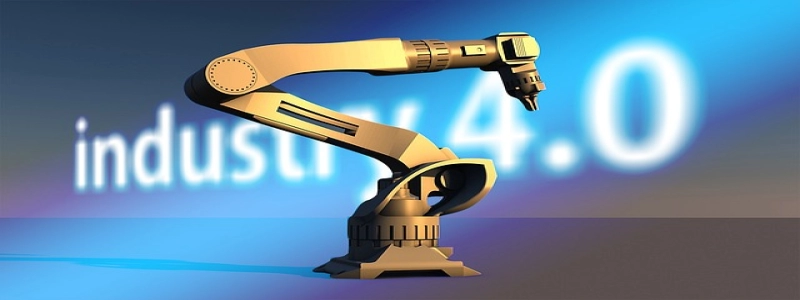título de primeiro nível: Attenuation in Fiber Optic Cable
título secundário: Introduction to Fiber Optic Cable
Fiber optic cable is a type of high-speed telecommunications cable that uses thin strands of glass or plastic to transmit data through light pulses. It is widely used in telecommunication networks, internet infrastructure, and other applications where high-speed, long-distance data transmission is required.
Título de nível 3: What is Attenuation?
Attenuation refers to the loss of signal strength as it travels through a medium, such as a fiber optic cable. In fiber optic communications, attenuation can occur due to various factors, including absorption, scattering, and dispersion.
Título de nível 4: Causes of Attenuation in Fiber Optic Cable
1. Absorption: This occurs when the light signal is absorbed by the material of the fiber optic cable. Different materials have different levels of absorption, so the choice of fiber optic cable material can impact the overall attenuation.
2. Scattering: Scattering happens when light waves are redirected in different directions due to irregularities or impurities in the fiber optic cable. This scattering of light can result in loss of signal strength.
3. Dispersion: Dispersion refers to the spreading out of light pulses as they travel through the fiber optic cable. This can lead to signal distortion and loss of signal strength. There are two main types of dispersion: chromatic dispersion and modal dispersion.
Título de nível 5: Types of Attenuation in Fiber Optic Cable
1. Intrinsic Attenuation: Also known as material attenuation, this is the inherent attenuation of the fiber optic cable material itself. It depends on the material’s composition and purity.
2. Absorption Attenuation: This type of attenuation occurs when the light signal is absorbed by impurities or dopants in the fiber optic cable material.
3. Scattering Attenuation: Scattering attenuation is caused by small irregularities or impurities in the fiber optic cable that disrupt the propagation of light waves.
4. Bend Loss Attenuation: When a fiber optic cable is bent too much, some of the light waves can escape, resulting in signal loss.
título de sexto nível: Measuring Attenuation in Fiber Optic Cable
Attenuation in fiber optic cable is typically measured in decibels per kilometer (dB/km). This measurement indicates the amount of signal loss that occurs over a kilometer of fiber optic cable.
There are various methods and tools available to measure attenuation, including optical time-domain reflectometer (OTDR) and optical spectrum analyzer (OSA). These instruments send a light signal through the fiber optic cable and analyze the changes in signal strength to determine the amount of attenuation.
七级标题: Conclusão
Attenuation in fiber optic cable is a critical factor that affects the performance and reliability of optical communication systems. By understanding the causes and types of attenuation, as well as measuring and minimizing its effects, engineers and technicians can ensure efficient data transmission through fiber optic cables.








